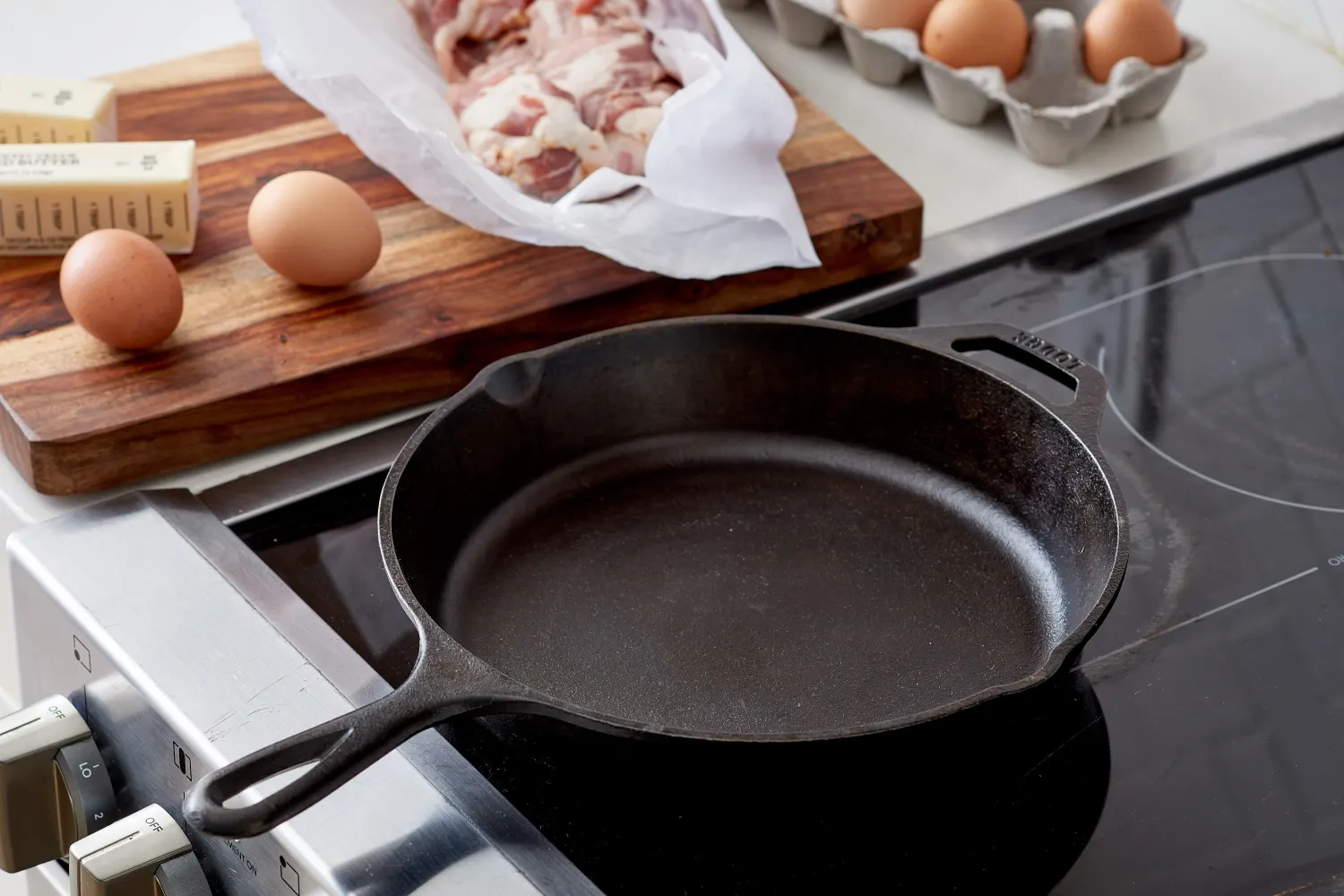

Articles
How To Use Cast Iron Skillet On Glass Cooktop
Modified: February 28, 2024
Learn how to safely use a cast iron skillet on a glass cooktop with our informative articles. Maximize your cooking experience without causing damage to your cooktop.
(Many of the links in this article redirect to a specific reviewed product. Your purchase of these products through affiliate links helps to generate commission for Storables.com, at no extra cost. Learn more)
Introduction
A glass cooktop is a sleek and modern addition to any kitchen that offers a smooth and easy-to-clean surface. When it comes to cooking, using the right cookware is crucial to prevent any damage to the glass top. While many people believe that cast iron skillets are not suitable for glass cooktops, with proper precautions and techniques, you can safely and effectively use a cast iron skillet on a glass cooktop.
In this article, we will discuss the benefits of using a cast iron skillet, how to properly prepare the skillet for use on a glass cooktop, step-by-step instructions for using the skillet, as well as some useful tips and precautions to ensure a successful cooking experience.
Please note: Before using a cast iron skillet on a glass cooktop, it is important to consult the manufacturer’s guidelines for your specific cooktop model. Additionally, exercise caution and follow safety guidelines to prevent any accidental damage.
Now, let’s delve into the fascinating world of using a cast iron skillet on a glass cooktop!
Key Takeaways:
- Safely and effectively use a cast iron skillet on a glass cooktop by following proper preparation, preheating, and cooking techniques. Enjoy the benefits of even heat distribution and delicious flavors while minimizing the risk of damage to the glass surface.
- Maximize the versatility and durability of a cast iron skillet on a glass cooktop with essential tips and precautions. From seasoning the skillet to maintaining the glass cooktop, ensure a safe and enjoyable cooking experience while preserving the longevity of your cookware and surface.
Understanding a Glass Cooktop
A glass cooktop, also known as a smooth-top or ceramic cooktop, is a flat cooking surface made of tempered glass. It is designed to provide a sleek and modern look to your kitchen while providing even heat distribution for efficient cooking. Unlike traditional coil or gas burners, a glass cooktop offers a smooth surface that is easy to clean.
One of the essential features of a glass cooktop is its sensitivity to cookware. It is designed to work efficiently with flat-bottomed cookware for optimal heat transfer. This means that using the wrong type of cookware, such as cast iron skillets with rough and uneven bottoms, can potentially scratch or damage the glass surface.
Additionally, a glass cooktop operates using electric elements positioned beneath the glass surface. These elements heat up when electricity is applied, which then transfers the heat to the cookware above. The glass cooktop also contains heat sensors that regulate the temperature and ensure even cooking.
Understanding the structure and functionality of a glass cooktop is essential when using a cast iron skillet. With the right knowledge and techniques, you can enjoy the benefits of using a cast iron skillet on a glass cooktop while ensuring the safety and longevity of both your skillet and cooktop.
Benefits of Using a Cast Iron Skillet
A cast iron skillet is a versatile and durable piece of cookware that has been cherished in kitchens for generations. When it comes to using a cast iron skillet on a glass cooktop, there are several benefits that make it an excellent choice:
- Excellent heat retention: Cast iron is known for its exceptional heat retention properties. Once heated, it distributes heat evenly to provide consistent cooking temperatures. This makes it ideal for searing, frying, and sautéing on a glass cooktop.
- Non-stick surface: When properly seasoned, a cast iron skillet develops a natural non-stick surface. This means you can cook with minimal oil or butter, making it a healthier choice for your meals. The non-stick surface also makes cleaning the skillet a breeze.
- Versatility: A cast iron skillet can be used for various cooking methods, including frying, baking, roasting, and even grilling. Its ability to withstand high temperatures makes it suitable for a wide range of recipes on your glass cooktop.
- Durability: Cast iron skillets are built to last. With proper care and maintenance, they can endure for generations. Investing in a high-quality cast iron skillet means you’ll have a reliable cooking companion for years to come.
- Natural flavor enhancement: Cast iron is renowned for its ability to enhance the flavors of food. It imparts a unique and delicious taste, especially when it comes to searing meats or caramelizing vegetables. This adds an extra layer of depth to your dishes.
- Cost-effective: Cast iron skillets are relatively affordable compared to many other types of cookware. They offer excellent value for money due to their longevity and versatility, making them a budget-friendly option for your glass cooktop.
These advantages make a cast iron skillet an excellent choice for cooking on a glass cooktop. However, it is crucial to ensure proper care and precautions to prevent any damage to the glass surface.
Preparing the Cast Iron Skillet
Before using a cast iron skillet on a glass cooktop, it is essential to properly prepare the skillet to ensure optimal performance and to prevent any potential damage to the glass surface.
Here are the steps to follow for preparing your cast iron skillet:
- Season the skillet: Seasoning the skillet creates a protective layer on the surface that helps prevent sticking and adds a natural non-stick element. To season the skillet, begin by cleaning it thoroughly with warm water and mild soap. Rinse and dry it completely. Then, rub a thin layer of vegetable oil or any high-smoke oil on the entire surface, including the handles. Place the skillet in a preheated oven at 350°F (175°C) for about an hour. This process creates a polymerized oil layer, enhancing the skillet’s non-stick properties.
- Inspect the skillet: Before using the skillet, inspect it for any cracks, chips, or rough spots on the bottom. These imperfections can scratch and damage the glass cooktop. If you notice any issues, it is best to avoid using the skillet on the glass surface.
- Ensure a flat bottom: The bottom of the cast iron skillet should be smooth and flat to prevent any scratching on the glass surface. If you notice any rough spots or a warped bottom, you can sand them down using fine-grit sandpaper to create a smooth and even surface.
- Place a buffer: To provide an extra layer of protection for your glass cooktop, consider using a silicon mat or a cooktop pad. Place it beneath the cast iron skillet to act as a buffer and minimize direct contact between the skillet and the glass surface.
By following these preparation steps, you can ensure that your cast iron skillet is ready for use on a glass cooktop. Remember, maintaining the skillet’s seasoning and ensuring a smooth bottom are crucial to avoid any potential damage to your glass cooktop.
Cleaning and Maintenance of the Glass Cooktop
To keep your glass cooktop in excellent condition and prevent any scratches or damage, proper cleaning and regular maintenance are essential. Here are some guidelines to follow:
- Wait for it to cool down: After cooking, allow the glass cooktop to cool completely before cleaning. Cleaning a hot surface can increase the risk of burns or damage.
- Remove loose debris: Before cleaning, remove any loose food debris or spills from the surface using a soft cloth or sponge. Be gentle to avoid scratching the glass.
- Choose the right cleaner: Use a specialized glass cooktop cleaner or a mild detergent specifically designed for smooth-top surfaces. Avoid abrasive cleaners, scouring pads, or harsh chemicals as they can scratch or damage the glass. Read the manufacturer’s instructions for recommended cleaning products.
- Apply the cleaner: Apply a small amount of the cleaner to the surface, using a soft cloth or sponge. Gently scrub the cooktop in a circular motion to remove any stains or stubborn residues. Take care not to press too hard to avoid scratching the glass.
- Rinse and dry: After cleaning, rinse the cooktop thoroughly with clean water to remove any traces of the cleaner. Wipe it dry using a soft, lint-free cloth to prevent water spots or streaks.
- Regular maintenance: In addition to regular cleaning, it is essential to perform regular maintenance to keep your glass cooktop in good condition. Avoid using cookware with rough or uneven bottoms, as they can scratch the glass. Clean up spills promptly, especially acidic or sugary substances, as they can damage the surface if left unattended. Using a silicone mat or cooktop pad under your cookware can provide an additional layer of protection.
- Periodic deep cleaning: Deep clean your glass cooktop on a monthly basis by using a specialized cooktop scraper to remove any burnt-on stains or residues. Again, ensure the cooktop is cool before attempting the deep cleaning process. Follow the manufacturer’s instructions for using the scraper and any recommended cleaning products.
By following these cleaning and maintenance practices, you can keep your glass cooktop looking pristine and prevent any potential damage. Remember, always refer to the manufacturer’s guidelines for specific cleaning instructions and suitable cleaning products for your glass cooktop model.
Read more: How To Store A Cast Iron Skillet
Step-by-Step Guide on Using a Cast Iron Skillet on a Glass Cooktop
Now that you have prepared your cast iron skillet and learned about the cleaning and maintenance of your glass cooktop, it’s time to explore the step-by-step process of using a cast iron skillet on a glass cooktop:
- Ensure a clean cooktop: Start by ensuring that your glass cooktop is clean and free from any debris or spills. Clean the surface following the recommended cleaning instructions for your specific cooktop model.
- Place a buffer: To provide an extra layer of protection for your glass cooktop, place a silicon mat or cooktop pad beneath the cast iron skillet. This helps to reduce direct contact between the skillet and the glass surface.
- Preheat the skillet: Place the cast iron skillet on the glass cooktop burner you intend to use. Turn on the burner to the desired heat setting, ensuring it is suitable for the recipe you plan to cook.
- Allow the skillet to preheat: Give the skillet sufficient time to preheat on the glass cooktop. Proper preheating helps to ensure even and consistent cooking.
- Add oil or fat: Once the skillet is adequately preheated, add a small amount of cooking oil or fat to the skillet. Allow it to heat up for a short duration before adding the ingredients.
- Cook your ingredients: Place your ingredients in the preheated skillet and cook them according to your recipe’s instructions. Stir or flip as needed, using appropriate utensils suitable for use on the glass cooktop.
- Monitor heat levels: Keep a close eye on the heat levels throughout the cooking process. Adjust the burner settings as necessary to maintain the desired temperature.
- Use appropriate cookware: When transferring food from the skillet to plates or serving dishes, use suitable heat-safe cookware to avoid direct contact between the hot skillet and the glass cooktop.
- Turn off the burner: Once you have finished cooking, turn off the burner and allow the skillet to cool before removing it from the glass cooktop.
- Clean the skillet and cooktop: Once both the skillet and glass cooktop have cooled down, follow proper cleaning and maintenance procedures for each. Clean the skillet according to the instructions provided earlier, and clean the glass cooktop using appropriate cleaners and methods recommended by the manufacturer.
By following these step-by-step instructions, you can safely and effectively use a cast iron skillet on your glass cooktop, creating delicious meals with ease and confidence.
When using a cast iron skillet on a glass cooktop, make sure the skillet is clean and dry to prevent scratching the surface. Also, lift the skillet instead of sliding it to avoid damaging the cooktop.
Preheating the Skillet
Preheating the cast iron skillet is an essential step before cooking on a glass cooktop. Proper preheating ensures even heat distribution and optimal cooking results. Here’s how to preheat your skillet:
- Choose the right burner: Select the burner on your glass cooktop that is closest in size to the base of your cast iron skillet. Using a burner that is too large may result in uneven heating, while using one that is too small may lead to longer cooking times.
- Place the skillet on the burner: Position the cast iron skillet directly on the chosen burner. Ensure that the skillet is centered and stable on the burner to prevent any accidental spills or tipping.
- Adjust the heat setting: Turn the burner to the desired heat level. Start with medium heat and adjust as necessary based on the recipe you are using. It is important not to use high heat initially to prevent the skillet from becoming excessively hot and potentially damaging the glass cooktop.
- Allow sufficient preheating time: Give the skillet enough time to heat up on the glass cooktop. The time required for preheating may vary depending on the thickness of the skillet and the desired cooking temperature. As a general guideline, preheat the cast iron skillet for about 5-10 minutes or until the skillet feels hot to the touch.
- Perform the water droplet test: To test if the skillet is adequately preheated, flick a few water droplets onto the surface. If the droplets sizzle and quickly evaporate, the skillet is ready. If the water droplets bead up or do not evaporate immediately, continue preheating for a few more minutes.
Properly preheating the cast iron skillet before cooking on a glass cooktop helps to ensure that the skillet reaches the desired cooking temperature and distributes heat evenly. This is crucial for achieving consistent and delicious results in your culinary creations.
Cooking with the Cast Iron Skillet
Now that you have preheated your cast iron skillet on the glass cooktop, it’s time to start cooking! Here are some tips to help you achieve great results when cooking with a cast iron skillet:
- Add oil or fat: Once the skillet is preheated, add a small amount of cooking oil or fat to the skillet. Swirl the oil around to evenly coat the bottom of the skillet. This helps prevent food from sticking and promotes even cooking.
- Wait for smoking point: Heat the oil or fat until it reaches its smoking point. This ensures that the skillet is hot enough for cooking and helps to achieve a nice sear or caramelization on your food.
- Place ingredients in the skillet: Carefully add your ingredients to the hot skillet. Spread them out in an even layer, ensuring there is enough space between each piece for proper cooking.
- Avoid overcrowding: It’s important not to overcrowd the skillet with ingredients. Leaving enough space between each piece allows for proper heat distribution and helps to prevent steaming instead of searing or browning.
- Use appropriate utensils: When cooking with a cast iron skillet on a glass cooktop, use utensils that are suitable for use on a smooth surface. Avoid using metal utensils that can potentially scratch or damage the glass. Opt for silicone, nylon, or wooden utensils instead.
- Adjust heat as needed: Throughout the cooking process, monitor the heat and adjust as necessary. Glass cooktops heat up and cool down quickly, so you may need to make adjustments to maintain the desired temperature for your recipe.
- Flip and stir gently: Use a spatula or tongs to flip or stir the food in the skillet. Be gentle to avoid scratching the surface of the glass cooktop. Cast iron retains heat well, so be cautious of hot handles and utensils while cooking.
- Monitor cooking times: Keep a close eye on the cooking times specified in your recipe. Cast iron skillets can retain heat for an extended period, so be mindful of not overcooking your food.
- Transfer with care: When removing the skillet from the glass cooktop or transferring food to serving dishes, use heat-safe oven mitts or potholders. Be cautious of the hot skillet and the glass cooktop’s potential residual heat.
By following these tips, you can make the most out of your cast iron skillet when cooking on a glass cooktop. Enjoy the benefits of even heat distribution and the delicious flavors that a cast iron skillet can bring to your dishes!
Tips and Tricks for Using a Cast Iron Skillet on a Glass Cooktop
Using a cast iron skillet on a glass cooktop requires some specific techniques and precautions. Here are some valuable tips and tricks to enhance your cooking experience:
- Choose the right size: Ensure that the size of your cast iron skillet matches the burner size on your glass cooktop. Using a skillet that is too large or too small can result in uneven heating and cooking.
- Preheat gradually: When preheating the skillet, start with medium heat and gradually increase it if needed. This allows the skillet to heat evenly and avoids sudden temperature changes that could potentially damage the glass cooktop.
- Avoid dragging the skillet: Do not drag the cast iron skillet across the glass cooktop, as this can cause scratches. Lift the skillet when moving it to different burners or when transferring it to the sink for cleaning.
- Use low to medium heat: Cast iron retains heat well, so cooking on low to medium heat settings is usually sufficient. Avoid using high heat unless necessary, as it can result in excessive heat and potential damage to the glass surface.
- Avoid extreme temperature changes: Avoid subjecting the cast iron skillet to extreme temperature changes, such as placing a hot skillet directly onto a cold surface. This can cause thermal shock and potentially crack the glass cooktop.
- Season the skillet regularly: Regularly season your cast iron skillet to maintain its non-stick properties and protect it from rust. The seasoning creates a protective layer that also enhances the flavor of your dishes.
- Be cautious with acidic ingredients: Acidic ingredients, such as tomatoes or citrus fruits, can react with the cast iron and potentially transfer metallic flavors. Limit exposure by not leaving acidic food in the skillet for extended periods.
- Allow for sufficient cooling time: After cooking, allow the cast iron skillet to cool down completely before cleaning. Placing a hot skillet directly on the glass cooktop can damage it.
- Use gentle cleaning methods: When cleaning the cast iron skillet, avoid using abrasive sponges or harsh cleansers that can scratch or damage the skillet’s surface. Instead, use gentle scrubbing with warm water and a soft sponge or brush.
- Store the skillet properly: Ensure your cast iron skillet is completely dry before storing it. Store it in a cool, dry place, and consider placing a paper towel inside to absorb any moisture and prevent rusting.
By following these tips and tricks, you can maximize your cooking experience with a cast iron skillet on a glass cooktop. Enjoy the versatility and benefits of this classic cookware while safeguarding your glass surface.
Read more: How To Store Cast Iron Skillet
Precautions and Safety Measures
While using a cast iron skillet on a glass cooktop can be a great cooking experience, it is important to take certain precautions and follow safety measures to protect both your cookware and the glass surface. Here are some important precautions to keep in mind:
- Read the manufacturer’s guidelines: Familiarize yourself with the specific guidelines provided by the manufacturer of your glass cooktop. Follow their recommendations regarding suitable cookware and any restrictions or precautions for using cast iron skillets.
- Inspect the skillet: Before using a cast iron skillet on your glass cooktop, inspect it for any damage, including cracks or rough spots on the bottom. Using a damaged skillet can increase the risk of scratching or damaging the glass surface.
- Keep the skillet clean: Maintaining your cast iron skillet’s cleanliness is crucial. Food debris or residues can cause scratches when placed on the glass cooktop. Regularly clean and season the skillet according to the manufacturer’s instructions.
- Avoid sliding or dragging: Do not slide or drag the cast iron skillet across the glass cooktop, as this can cause scratches or damage to the glass surface. Lift and place the skillet carefully when moving and positioning it on or off the cooktop.
- Preheat gradually: Preheat the cast iron skillet gradually to avoid subjecting the glass cooktop to sudden temperature changes, which can lead to cracking. Start with medium heat and gradually increase if necessary.
- Avoid extreme temperatures: Avoid placing a hot cast iron skillet directly onto a cold surface, such as a wet countertop or sink. Thermal shock can occur, causing cracks in the glass cooktop. Allow both the skillet and cooktop to cool naturally before handling.
- Use proper lifting techniques: When moving or lifting the cast iron skillet, use oven mitts or potholders to protect your hands from burns. The skillet and handle can become extremely hot during cooking.
- Keep heat within the skillet: When using a cast iron skillet on a glass cooktop, ensure that the flames or heat source remain contained within the bottom of the skillet. Flames licking the sides of the skillet can potentially damage the glass surface.
- Be cautious with heavy or uneven cookware: Avoid using heavy or uneven cookware on a glass cooktop, as it may cause the glass to crack or shatter. Ensure that the cast iron skillet has a smooth and flat bottom for proper heat distribution.
- Follow cleaning and maintenance guidelines: Clean the glass cooktop and cast iron skillet according to the manufacturer’s recommendations. Avoid using harsh abrasives or cleaning solutions that can scratch the glass surface or damage the skillet’s seasoning.
By following these precautions and safety measures, you can enjoy the benefits of using a cast iron skillet on your glass cooktop while minimizing the risk of damage and ensuring a safe cooking environment.
Conclusion
Using a cast iron skillet on a glass cooktop can open up a world of delicious cooking possibilities. By understanding how to properly prepare and use the skillet, as well as following the necessary precautions and safety measures, you can safely and effectively cook on your glass cooktop and enjoy all the benefits that a cast iron skillet has to offer.
From excellent heat retention and a natural non-stick surface to its versatility and durability, the cast iron skillet is a beloved cookware option in many kitchens. When paired with a glass cooktop, it provides even heat distribution and enhances the cooking experience.
With the step-by-step guide we’ve provided, you can confidently preheat the skillet, cook your favorite recipes, and clean and maintain both the skillet and the glass cooktop. By following the tips and tricks, you’ll learn how to handle and care for your skillet, ensuring its longevity and preventing any damage to the glass surface.
Remember to consult the manufacturer’s guidelines for your specific glass cooktop model to ensure compatibility with a cast iron skillet. Each cooktop may have its own recommendations and restrictions.
So, go ahead and explore the culinary wonders that await you with a cast iron skillet on your glass cooktop. Whether you’re frying, sautéing, searing, or even baking, the possibilities are endless. With proper techniques and a little creativity, you’ll be able to create mouthwatering dishes for yourself, your family, and your friends to enjoy!
Frequently Asked Questions about How To Use Cast Iron Skillet On Glass Cooktop
Was this page helpful?
At Storables.com, we guarantee accurate and reliable information. Our content, validated by Expert Board Contributors, is crafted following stringent Editorial Policies. We're committed to providing you with well-researched, expert-backed insights for all your informational needs.
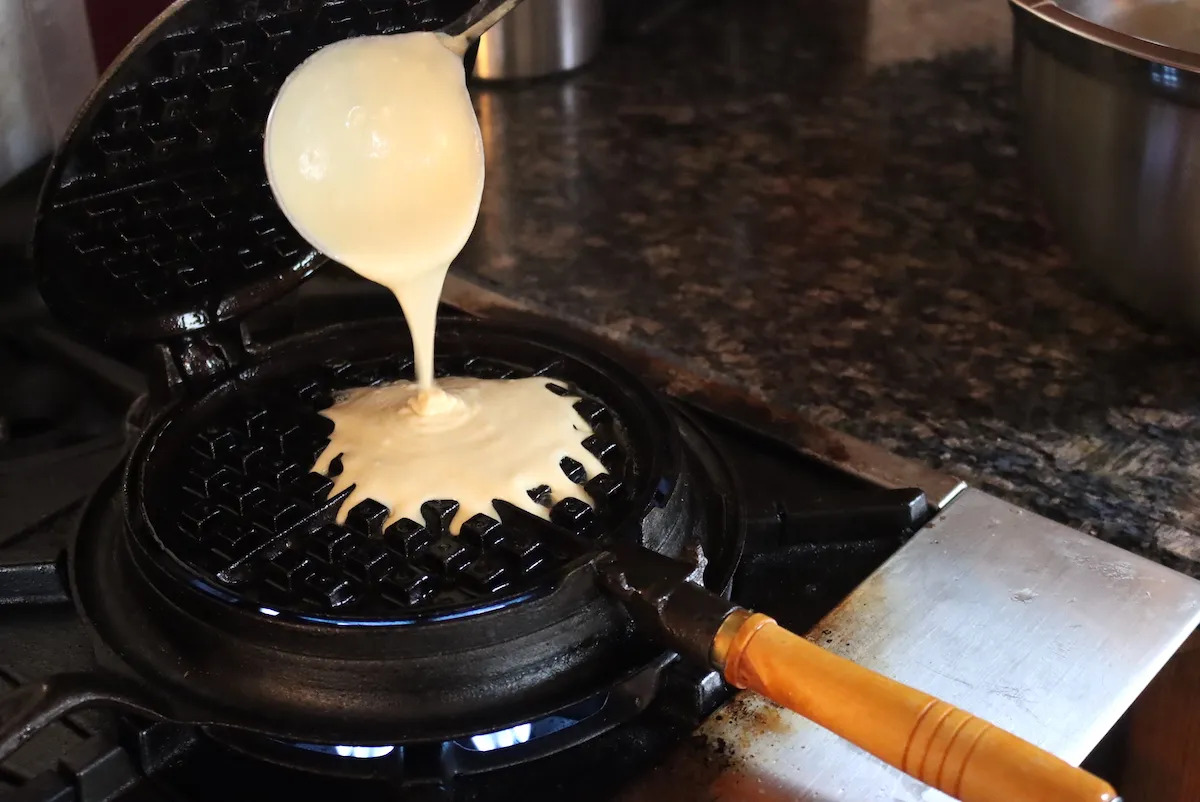
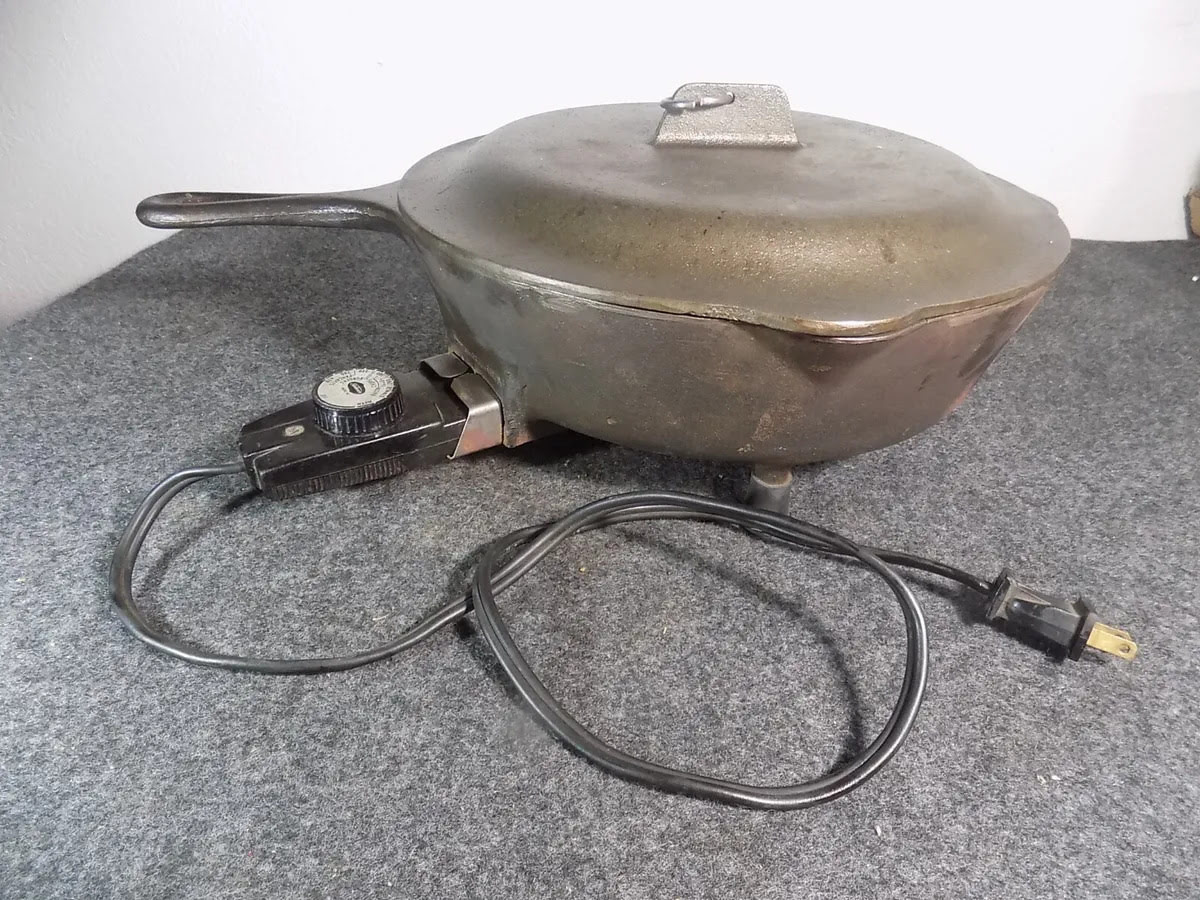
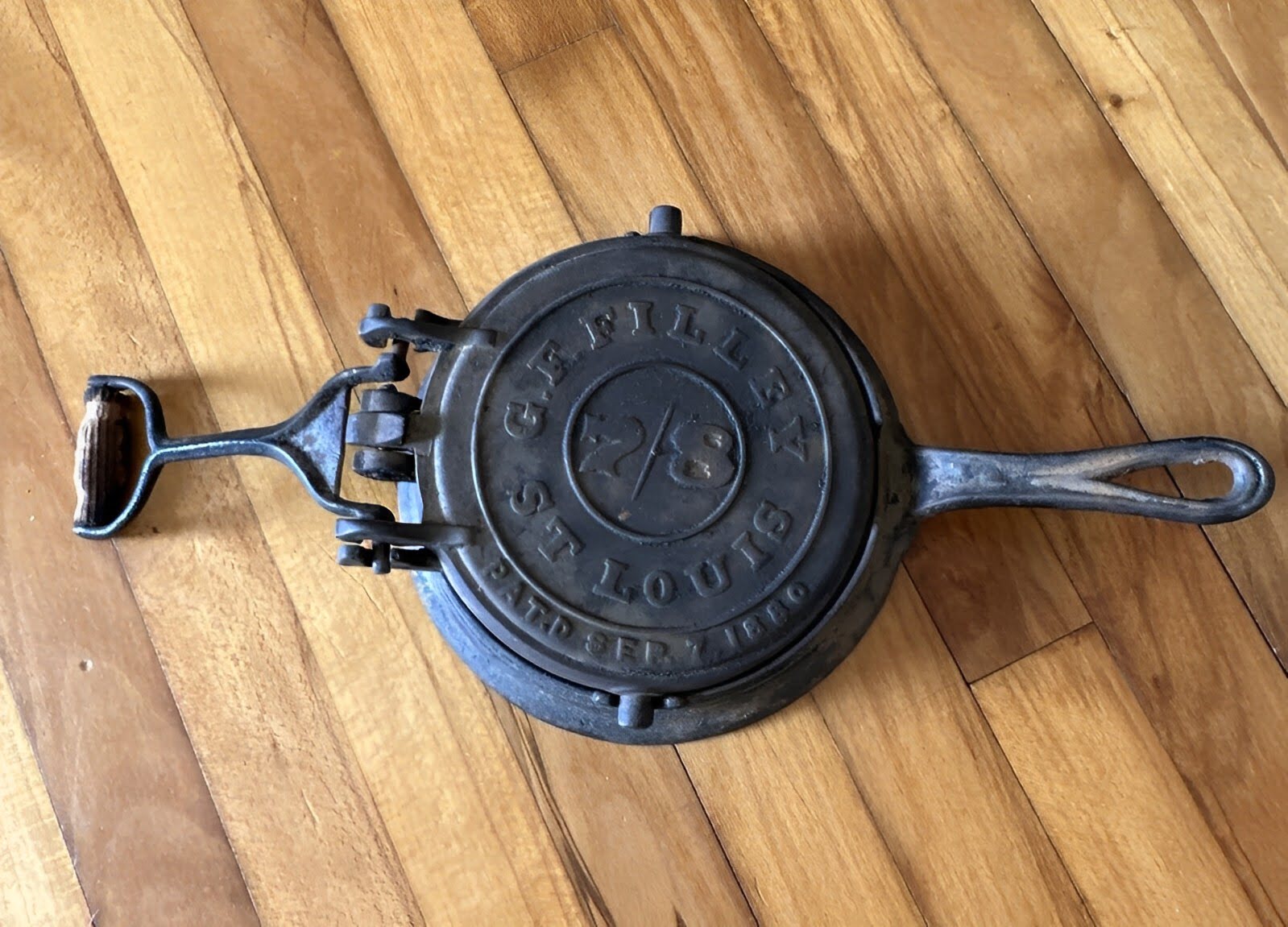
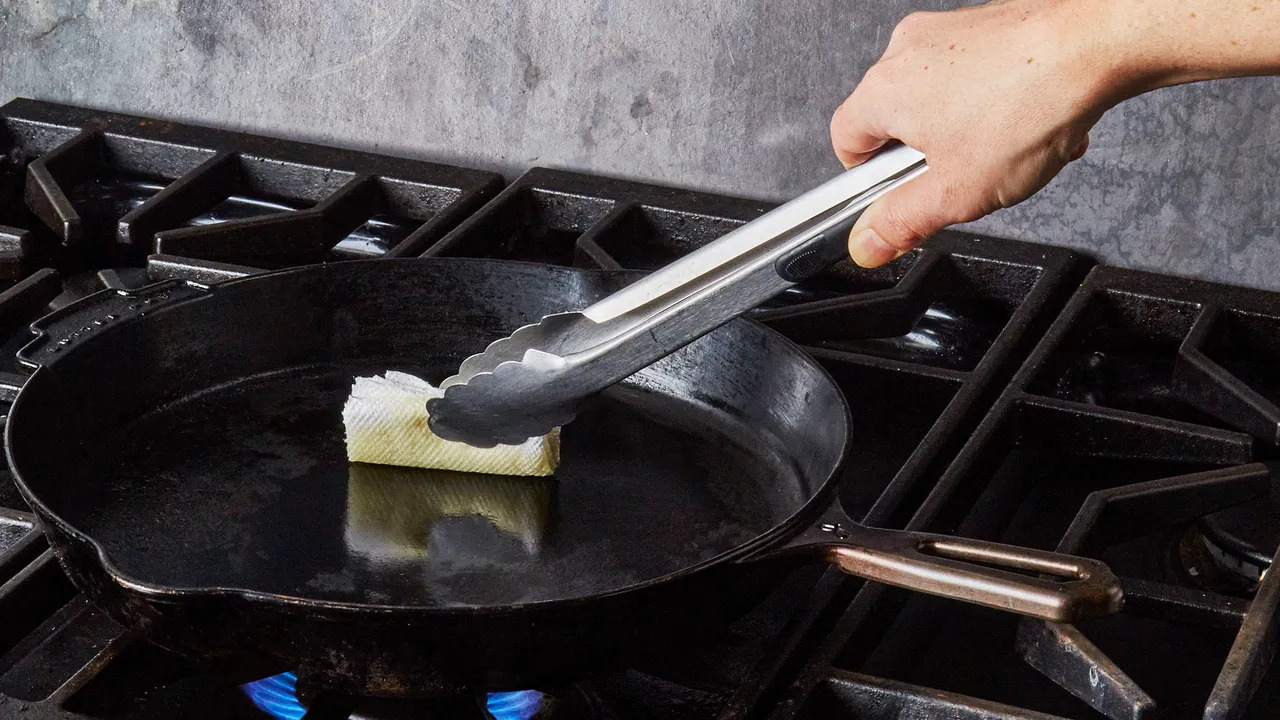
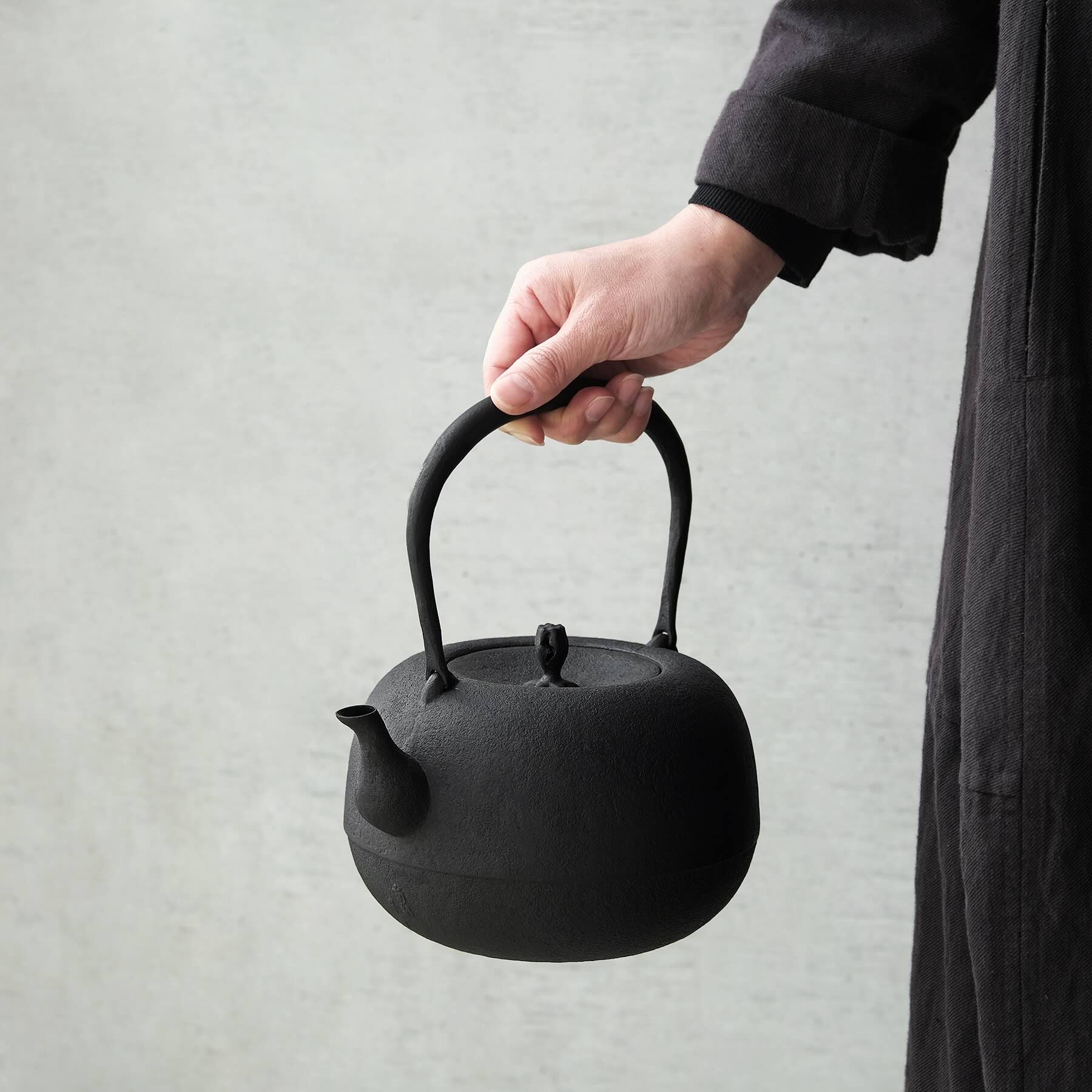
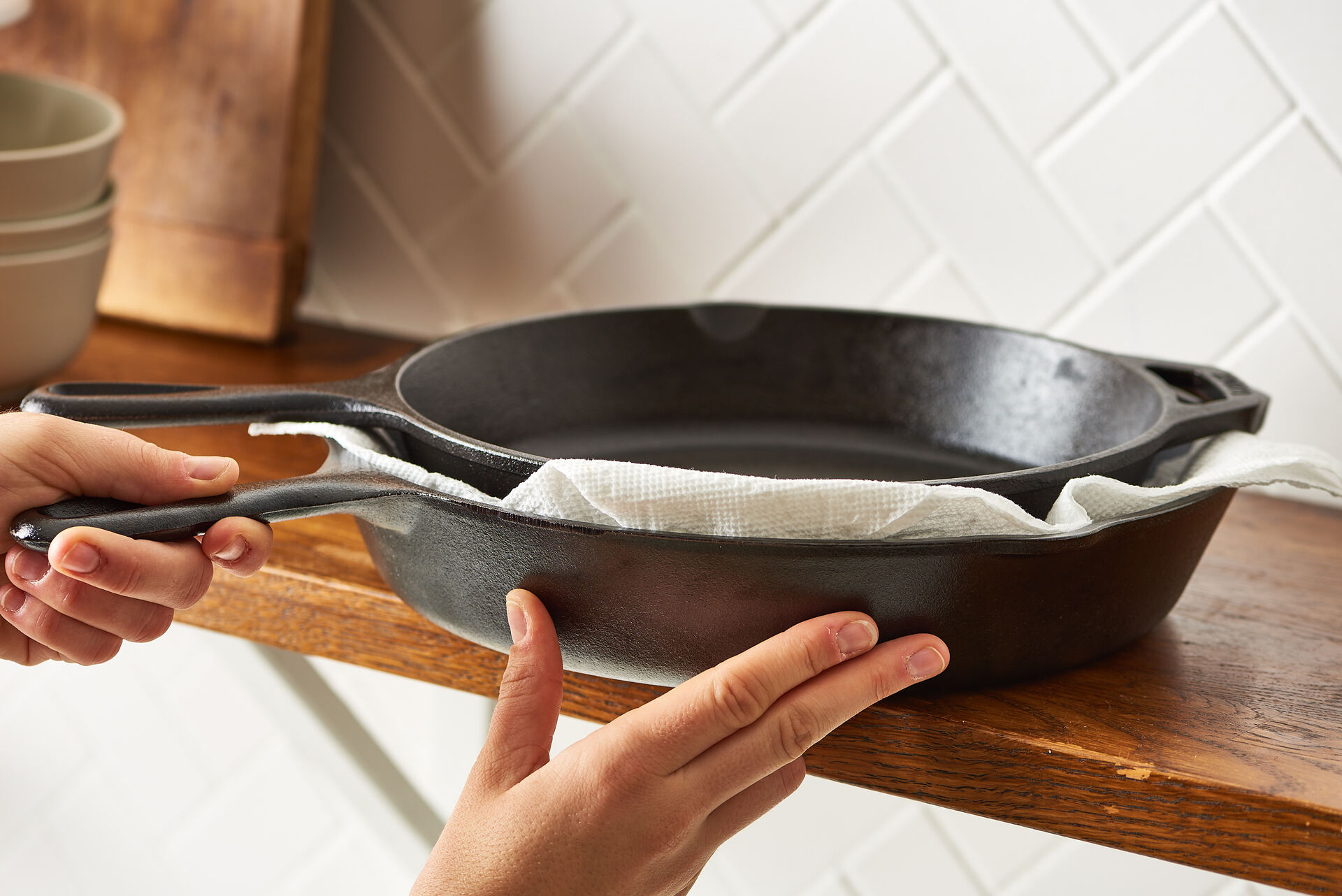
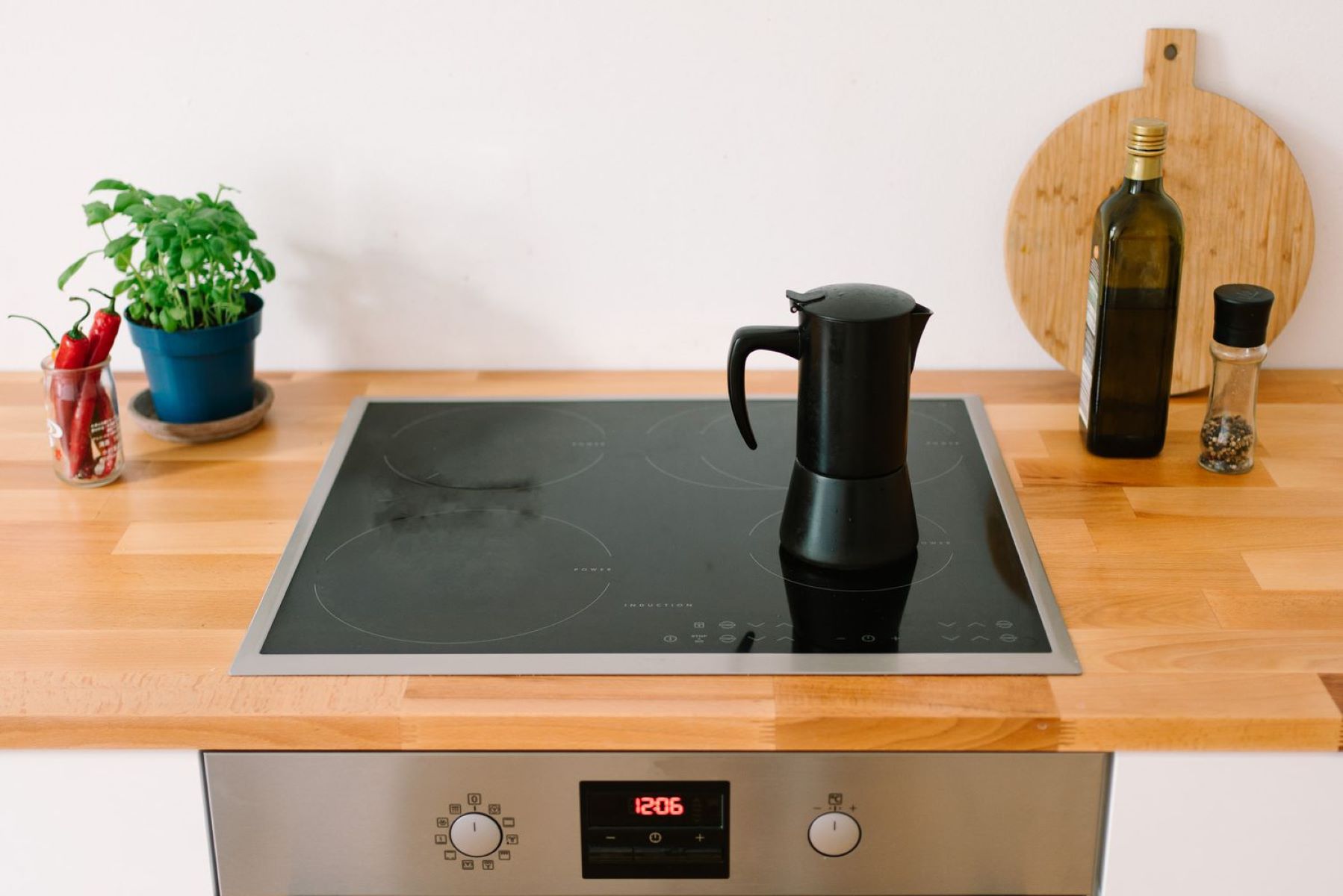
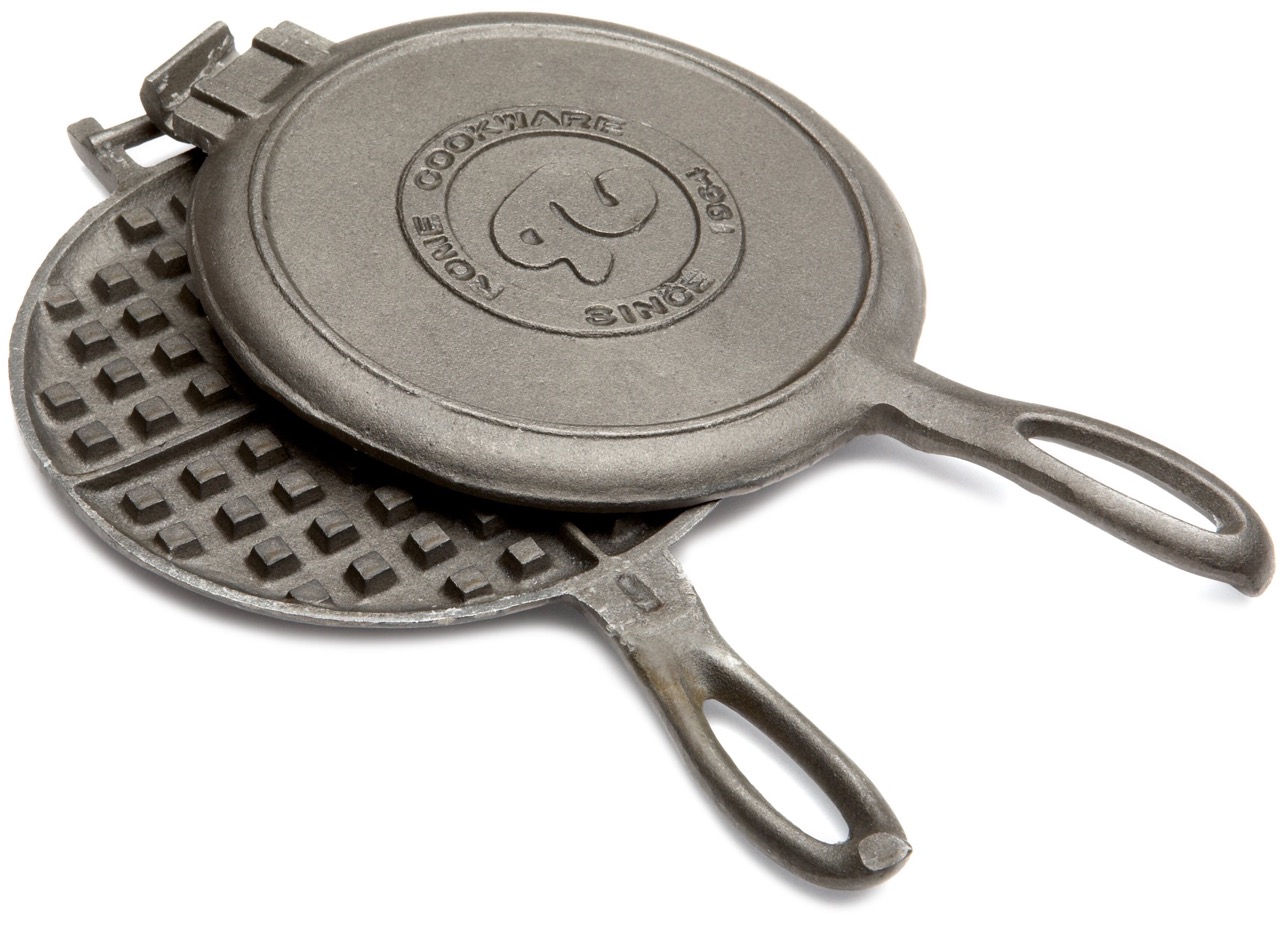
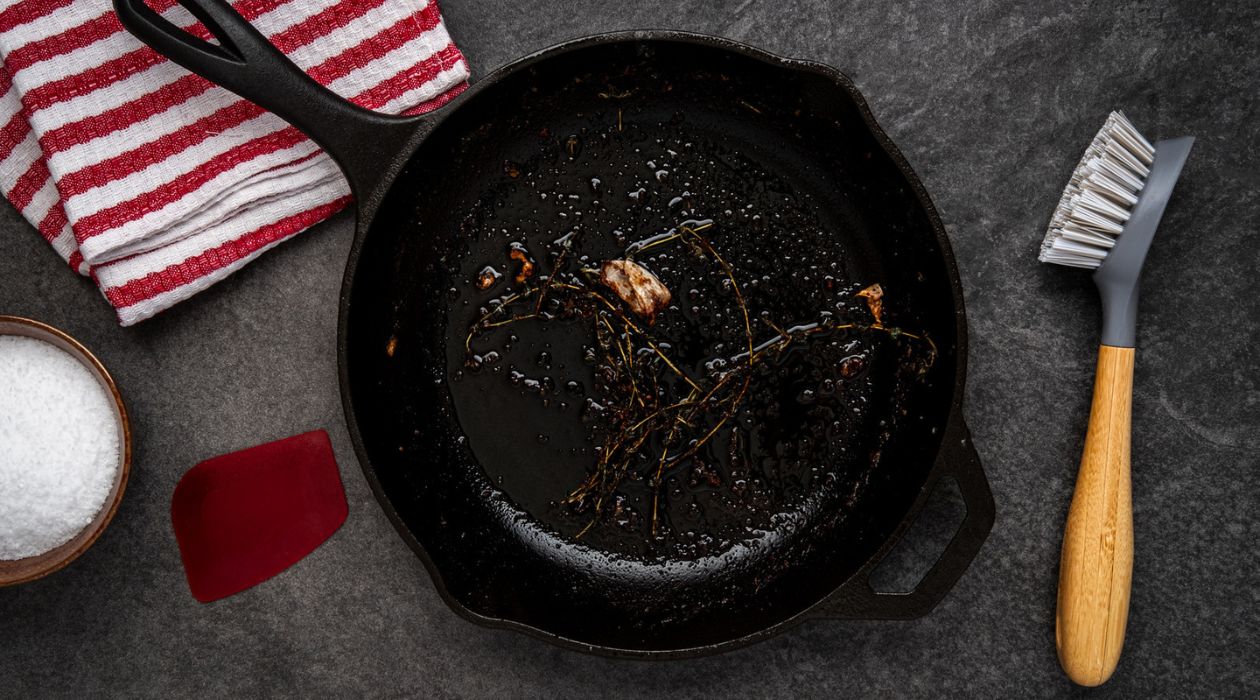
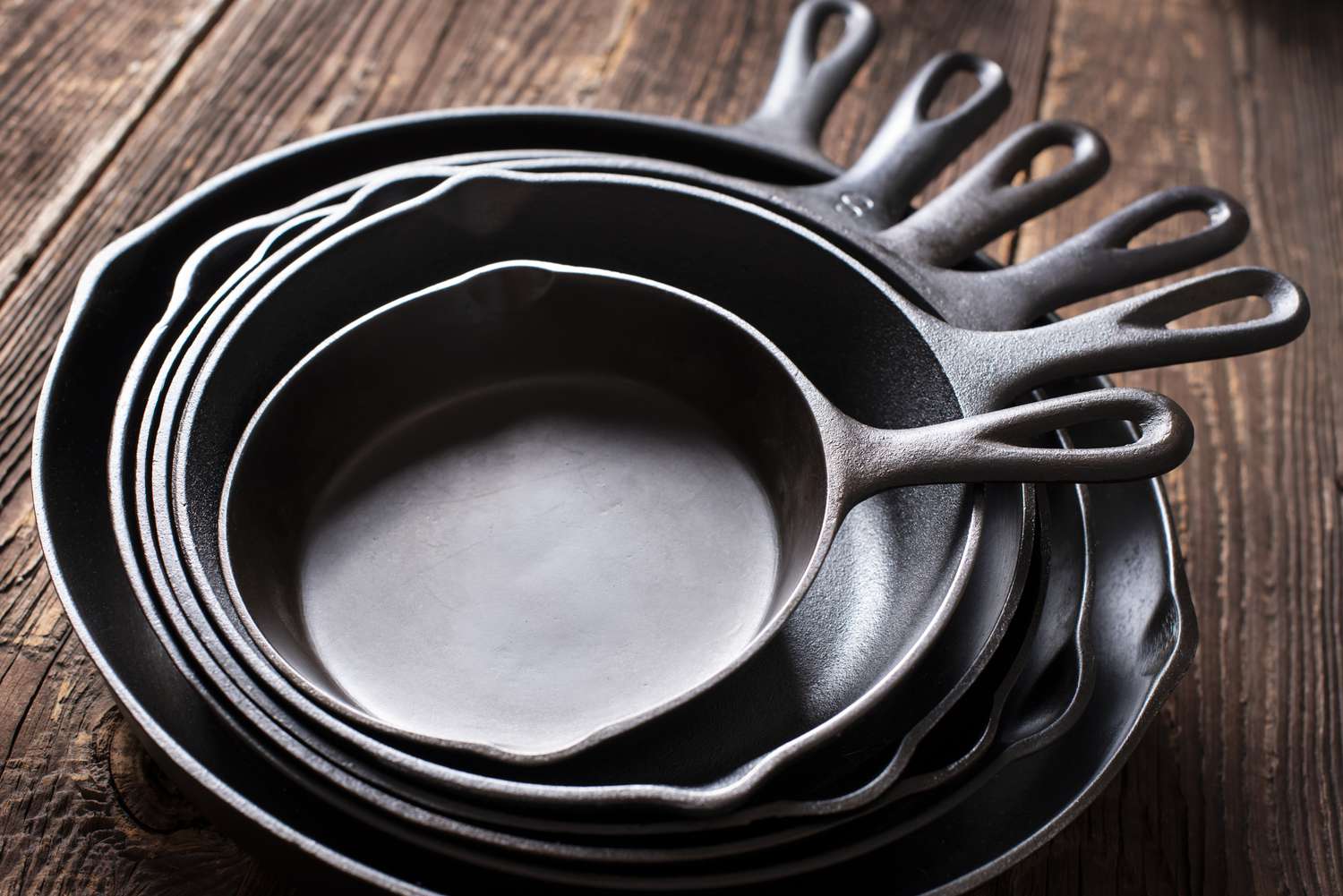
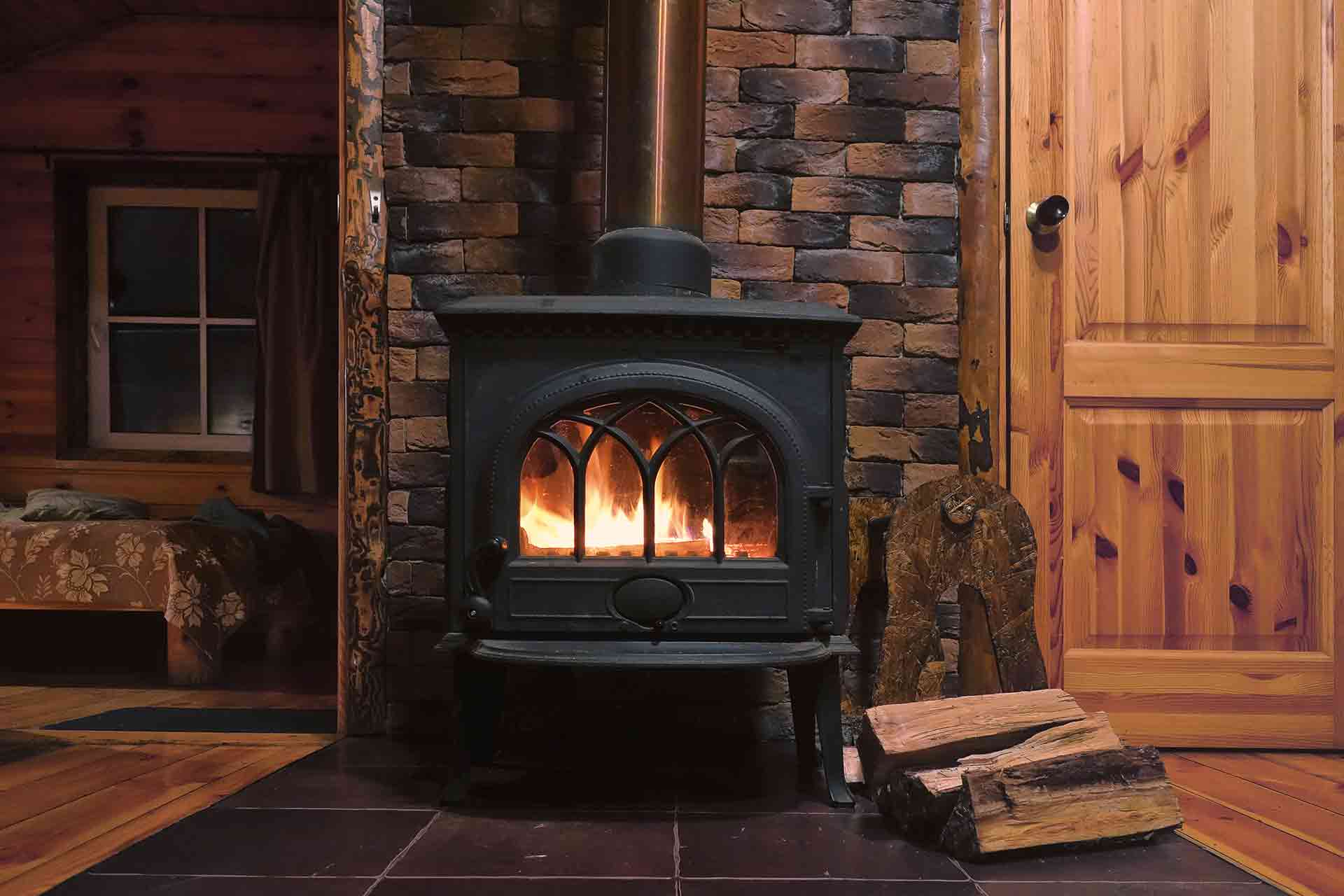
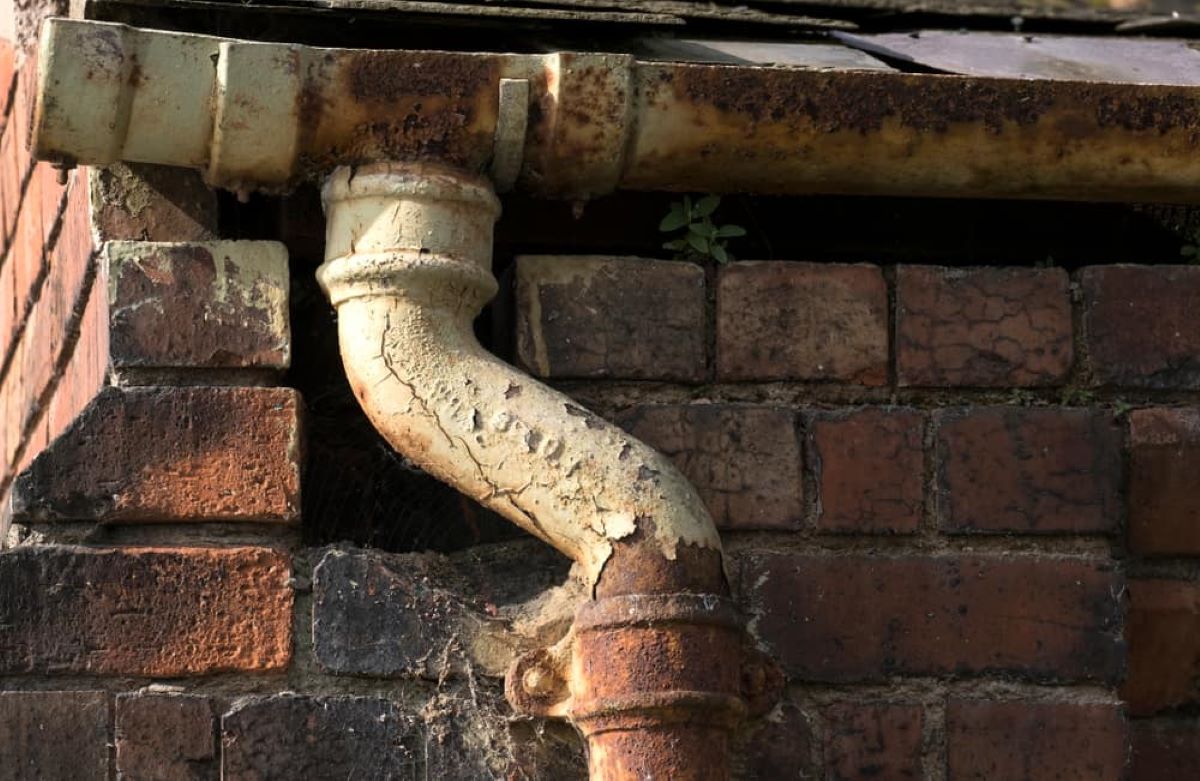
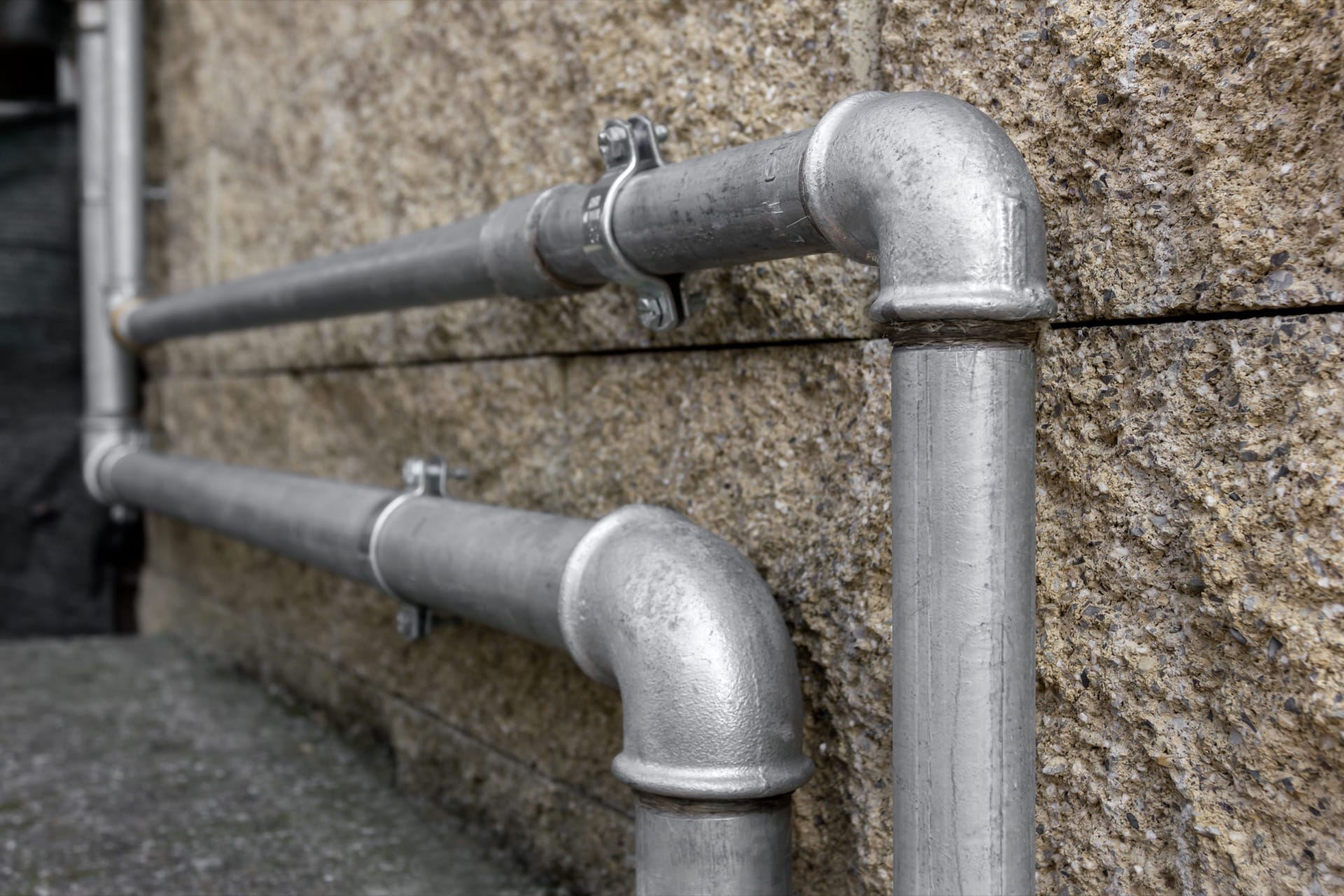

0 thoughts on “How To Use Cast Iron Skillet On Glass Cooktop”